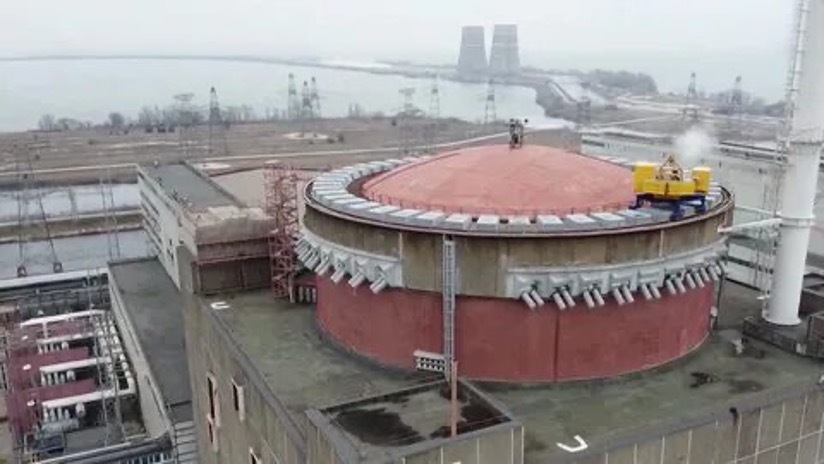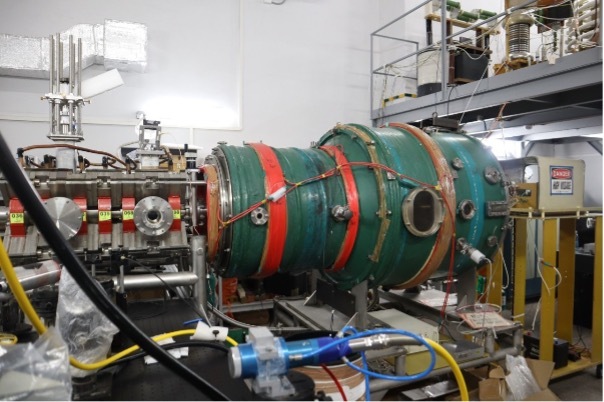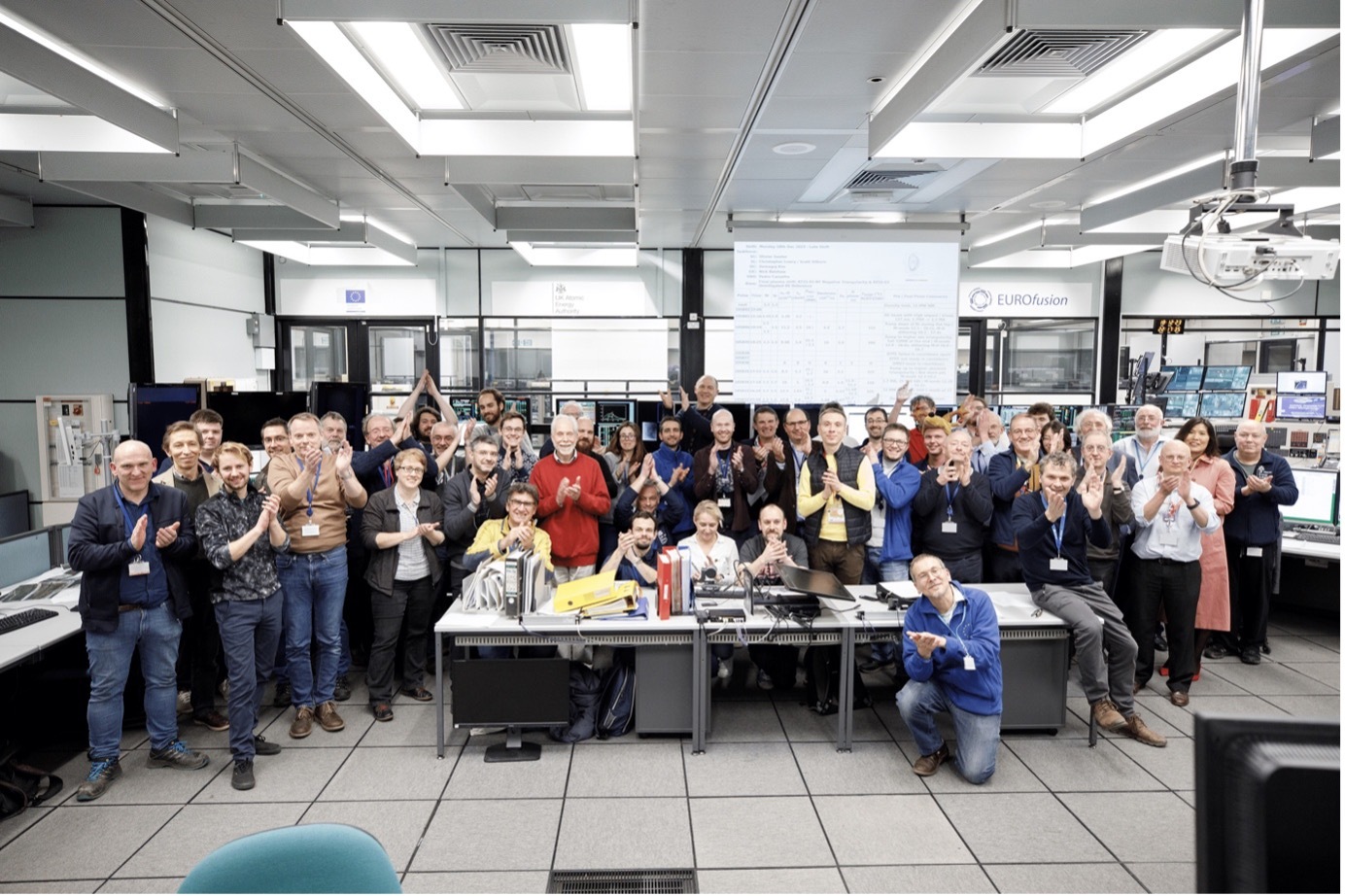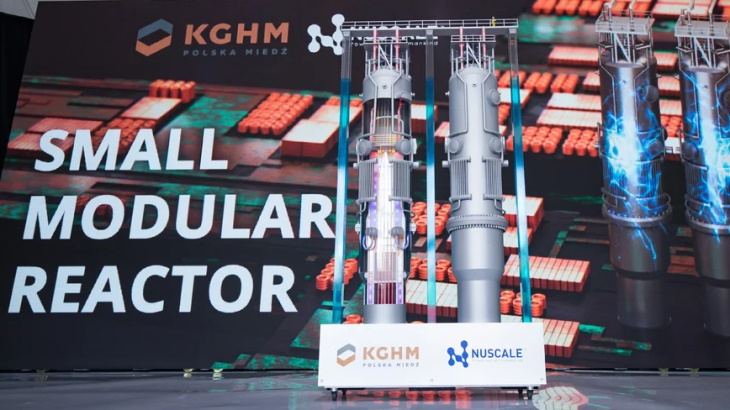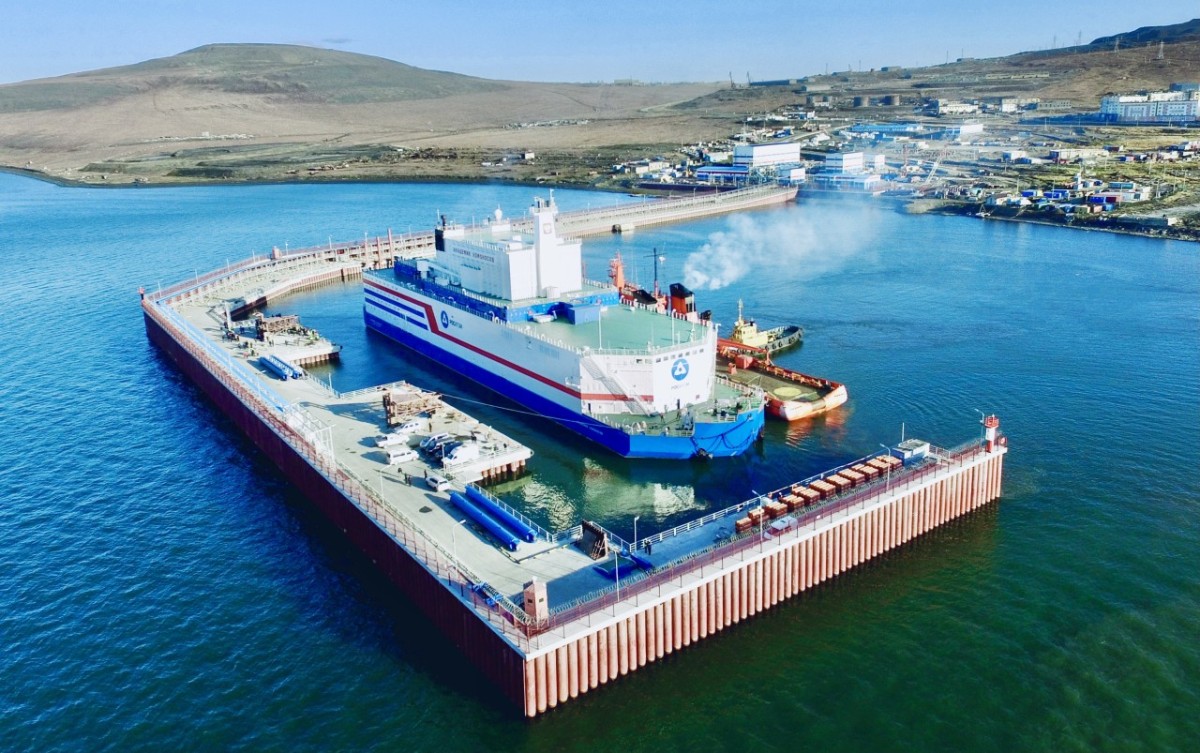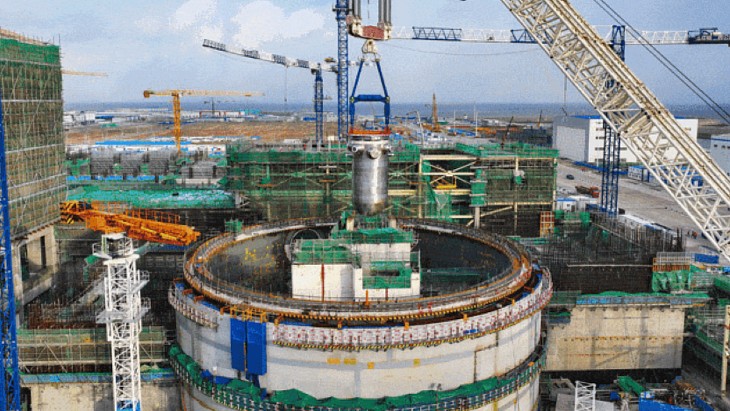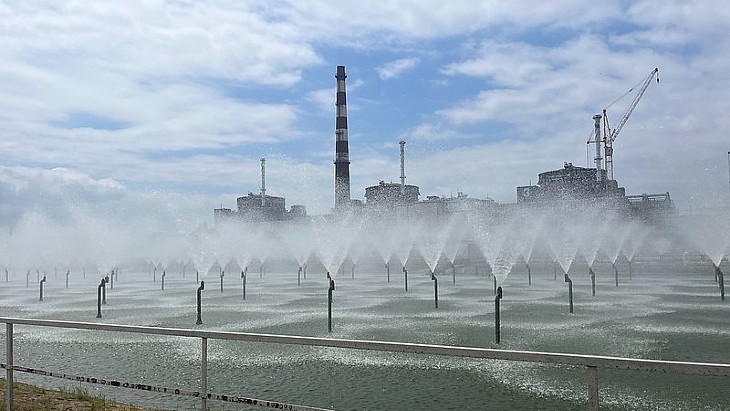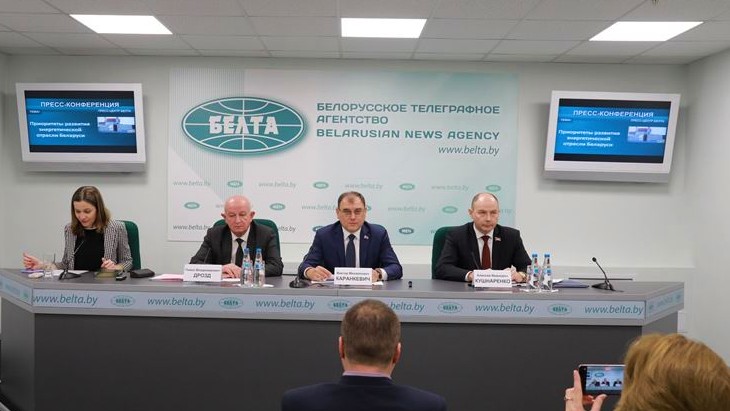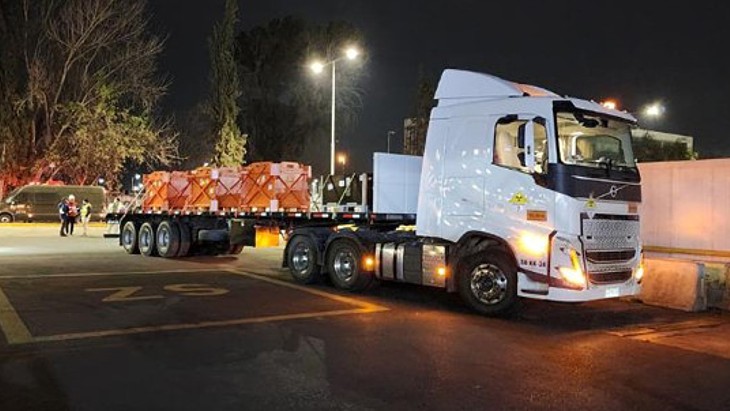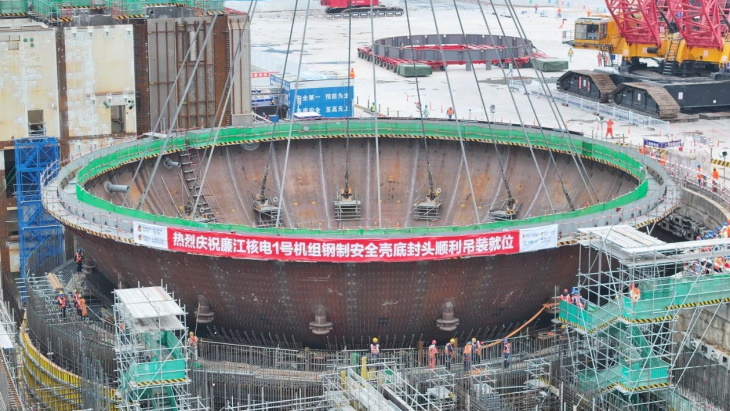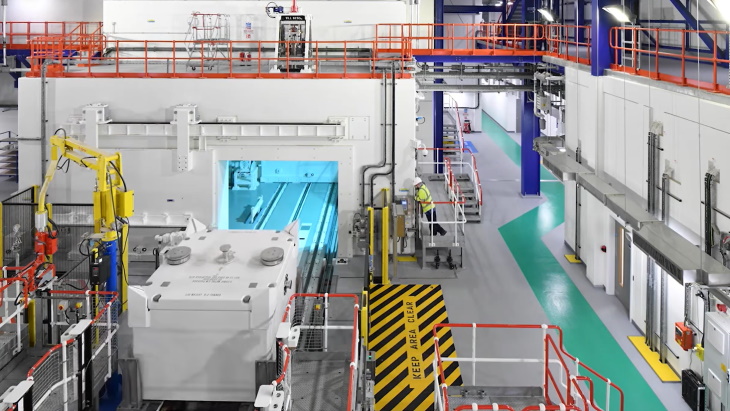Source: https://www.neimagazine.com/news/newsnew-diesel-boilers-installed-at-zaporizhia-npp-11406068
Zaporizhia NPP (ZNPP) is installing four new mobile diesel boilers to generate additional steam needed for various nuclear safety functions at the site, including for waste treatment, International Atomic Energy Agency (IAEA) Director General Rafael Mariano Grossi said in his latest update.
The IAEA team of experts present at the ZNPP observed the installation work during a walkdown and were subsequently informed that the new boilers will be ready soon. The site currently has nine mobile boilers, eight of which are operating to provide heating during the winter.
“Nuclear power plants need significant amounts of steam to conduct important operational activities at the sites. This remains the case also for the Zaporizhia NPP, even though it has not produced electricity for well over a year now. The IAEA has encouraged the plant to install diesel boilers for this purpose and we welcome the planned additional capacity,” Grossi said.
Five reactors remain in cold shutdown, while unit 4 is in hot shutdown to produce steam and heat, including for the nearby town of Energodar, where most plant staff live.
Nearly three weeks after it suffered its eighth complete loss of off-site power during the conflict, the ZNPP remains connected to two external power sources: the main 750 kilovolt (kV) power line, and a back-up 330 kV power line.
The IAEA experts have continued to monitor the nuclear safety and security situation across the site, conducting walkdowns to the reactor hall and electrical safety system rooms of unit 3 and to the main control room of unit 5, where they observed a successful test of the safety systems.
In recent days, they also went to the site’s 750 kV electrical switchyard, entry point for the off-site power needed at the plant, and the onsite water treatment facility. In another walkdown, they saw the ZNPP’s cooling pond, cooling towers, inlet and outlet channels as well as the outlet channel of the nearby Zaporizhia Thermal Power Plant. However, they were not allowed this time to access the isolation gate of the cooling pond.
Separately, the IAEA experts were informed by ZNPP that they could not access the reactor rooftops as planned due to security concerns. No alternative date has so far been provided. The IAEA has previously this year been given access to three of the reactor roofs – of units 2, 3 and 4 – but not the others.
In addition, the IAEA team was once again not granted access to the north-western part of the turbine hall of reactor unit 5 during a walkdown there, despite a request made before the visit. The IAEA has not been able to visit the north-western part of any of the six turbine halls since mid-October.
The team continues to pay close attention to the maintenance situation at the plant, particularly the maintenance plan for next year, and also to the electrical equipment related to the safety systems of the reactor units following a power loss at unit 6 in mid-November. The IAEA experts have been informed that the 2024 maintenance plan is almost complete, but they have so far not been able to study it as requested.
An unannounced fire drill was conducted at the ZNPP site, following last an earlier emergency communication exercise. The drill scenario involved a hypothetical oil leakage at the transformer of reactor unit 2, which resulted in a fire. The drill’s participants included regional, city and on-site fire departments. The IAEA team was only made aware of the drill afterwards.
As usual in recent months, the IAEA team has continued to hear explosions from outside the ZNPP site, including six powerful blasts. Zaporizhzhya NPP has repaired security systems and is moving to Russian standards.
Meanwhile, Russian specialists fully completed the repair of security systems at ZNPP during 2023, according to the Advisor to the Director General of nuclear utility Rosenergoatom, Renat Karchaa. “The repair of security systems was completed in 2023 in full,” he told Tass. “Analytical work has been done to identify problem areas in the operation of the station. These have been solved in terms of both the application of federal norms and regulations, and from the technical side".
Karchaa noted that significant attention is paid to the safety of personnel, both in the production process and in terms of emergency response. He said the station continues to switch to Russian standards. One of the main tasks in this process is the preparation of applications for obtaining Rostekhnadzor licences for each power unit, for the complex for the processing radioactive waste, for the dry storage of used nuclear fuel and other facilities at ZNPP.
